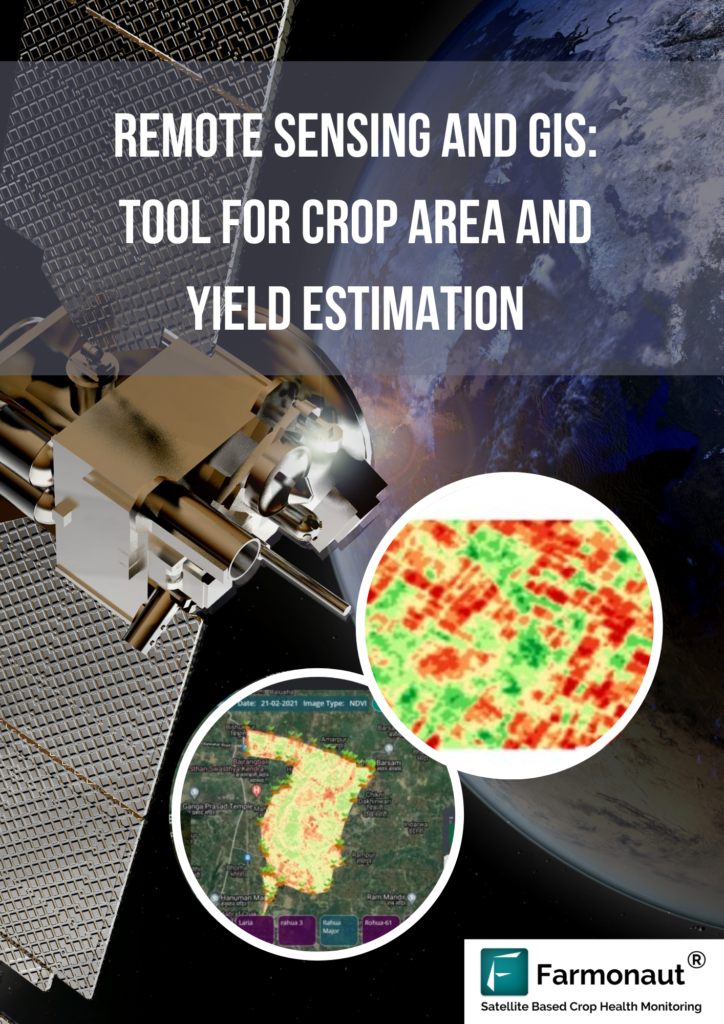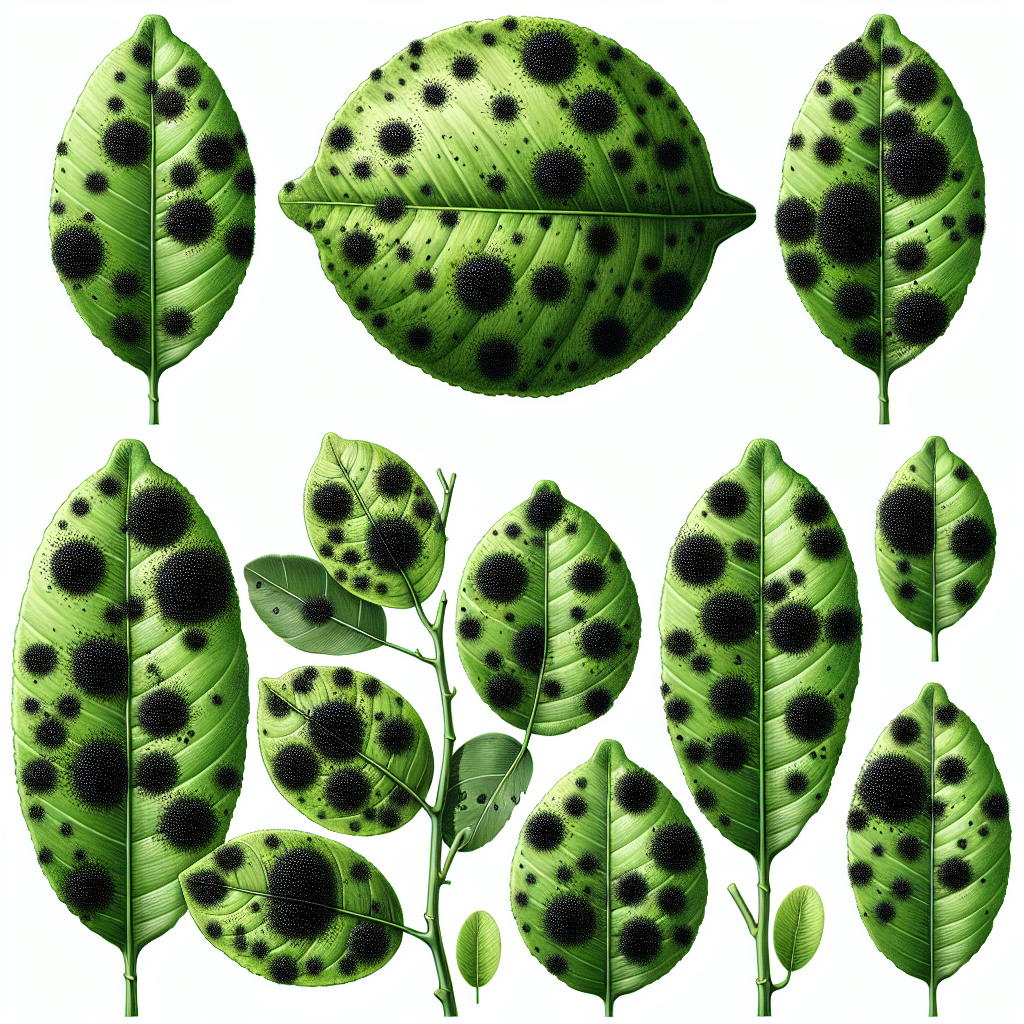Empowering Women in Agriculture: Breaking Barriers and Cultivating Success in Turfgrass Research and Biological Pest Control
“Women make up only 30% of agricultural researchers globally, highlighting the need for increased representation in the field.”

In the ever-evolving landscape of agriculture, we find ourselves at a crucial juncture where the empowerment of women in scientific roles is not just beneficial but essential for the industry’s growth and innovation. As we delve into the world of turfgrass research and biological pest control, we uncover the inspiring journey of women breaking barriers and cultivating success in these specialized fields.
The Changing Face of Agricultural Science
Throughout history, agriculture has been a cornerstone of human civilization, and in recent decades, we’ve witnessed a significant shift in the demographics of those driving agricultural innovation. Women in agriculture are increasingly taking on pivotal roles in research, development, and leadership positions. However, the path to equality is still being paved, with unique challenges and opportunities presenting themselves along the way.
In the realm of turfgrass research and biological pest control, we see a microcosm of the larger agricultural landscape. These specialized fields, once predominantly male, are now benefiting from the diverse perspectives and innovative approaches that women scientists bring to the table. The integration of female voices in these areas is not just about equality; it’s about enriching the scientific discourse and driving forward sustainable solutions for the future of agriculture.
Spotlight on Turfgrass Research
Turfgrass science might not be the first thing that comes to mind when thinking about agricultural research, but its impact is far-reaching. From manicured lawns to sprawling golf courses and athletic fields, turfgrass plays a crucial role in our environment and economy. Women scientists in this field are pushing the boundaries of what’s possible, developing drought-resistant varieties, improving soil health, and finding innovative ways to manage pests and diseases.
- Sustainable turf management practices
- Genetic improvements for resilient grass varieties
- Water conservation techniques in turfgrass cultivation
These areas of focus not only contribute to the aesthetic value of our landscapes but also address critical environmental concerns. Women researchers are at the forefront of developing solutions that balance the needs of the industry with ecological responsibility.
Innovations in Biological Pest Control
Biological pest control represents a shift towards more sustainable and environmentally friendly agricultural practices. In this field, women scientists are making significant strides, developing innovative approaches that reduce reliance on chemical pesticides while effectively managing crop threats.
- Development of natural predators for pest management
- Microbial solutions for disease control
- Integration of technology in monitoring and implementing biological control measures
The work in biological pest control is not just about protecting crops; it’s about safeguarding ecosystems and human health. Women in this field are pioneering methods that promise a more sustainable future for agriculture.
Breaking Barriers: Challenges Faced by Women in Agricultural Science
Despite the progress made, women in agricultural science continue to face significant challenges. Understanding these obstacles is crucial for creating an environment where talent can thrive regardless of gender.
| Challenges | Success Factors |
|---|---|
| Underrepresentation in certain sectors (40%) | Self-advocacy skills (Impact: 75%) |
| Male-dominated work environments (60%) | Networking opportunities (Impact: 80%) |
| Limited access to mentorship (55%) | Supportive mentorship programs (Impact: 85%) |
| Work-life balance concerns (70%) | Flexible work arrangements (Impact: 70%) |
| Unconscious bias in hiring and promotion (50%) | Diversity and inclusion initiatives (Impact: 65%) |
These challenges, while significant, are not insurmountable. The success factors outlined above have proven effective in helping women overcome barriers and thrive in their agricultural careers.
The Power of Mentorship and Networking
“Mentorship programs for women in agriculture can increase career satisfaction by up to 40% and improve retention rates.”
One of the most powerful tools for women in agricultural science is mentorship. Established professionals guiding the next generation of scientists can make a world of difference. Mentorship provides not just knowledge and skills, but also the confidence and support needed to navigate a challenging career path.
- Access to experienced professionals in the field
- Guidance on career development and advancement
- Support in overcoming industry-specific challenges
Networking, too, plays a crucial role. By connecting with peers and leaders in the industry, women can build a support system, share experiences, and create opportunities for collaboration and growth.
Education and Professional Development
Continuous learning and professional development are key to success in any scientific field, and agriculture is no exception. For women in turfgrass research and biological pest control, staying at the forefront of new technologies and methodologies is crucial.
- Participation in conferences and workshops
- Engagement with professional societies and organizations
- Pursuit of advanced degrees and certifications
These educational opportunities not only enhance skills and knowledge but also provide platforms for women to showcase their research and innovations.

Leveraging Technology in Agricultural Research
In today’s digital age, technology plays a pivotal role in advancing agricultural research. Women scientists are at the forefront of integrating cutting-edge technologies into their work, revolutionizing how we approach turfgrass management and pest control.
One such technological advancement comes from Farmonaut, a company that offers satellite-based farm management solutions. Their platform provides valuable services such as real-time crop health monitoring and AI-based advisory systems, which can be particularly useful in turfgrass research and pest management studies.
- Satellite imagery for large-scale turfgrass health assessment
- AI-driven pest detection and management recommendations
- Data analytics for optimizing research methodologies
By embracing these technological tools, women in agricultural science can enhance the efficiency and accuracy of their research, leading to more impactful discoveries and innovations.
Sustainable Practices in Turfgrass Management
Sustainability is a key focus in modern agriculture, and women researchers are leading the charge in developing eco-friendly practices for turfgrass management. These innovative approaches not only benefit the environment but also contribute to the long-term viability of the industry.
- Water conservation techniques
- Organic fertilization methods
- Integrated pest management strategies
By prioritizing sustainability, women in turfgrass research are setting new standards for the industry and inspiring future generations of scientists to consider the environmental impact of their work.
Advancements in Biological Pest Control
The field of biological pest control is experiencing rapid growth, with women scientists making significant contributions. Their work is crucial in developing alternatives to chemical pesticides, promoting healthier ecosystems and safer food production.
- Discovery of new beneficial organisms for pest control
- Development of biopesticides
- Implementation of precision agriculture techniques for targeted pest management
These advancements not only address current agricultural challenges but also pave the way for more sustainable farming practices in the future.
The Role of Policy and Advocacy
Empowering women in agricultural science goes beyond individual efforts; it requires systemic changes and supportive policies. Advocacy plays a crucial role in creating an environment where women can thrive in their scientific careers.
- Promotion of gender-inclusive policies in research institutions
- Advocacy for equal funding opportunities
- Support for work-life balance initiatives
By engaging in policy discussions and advocacy efforts, women in agriculture can help shape a more equitable future for the industry.
Celebrating Success Stories
Highlighting the achievements of women in turfgrass research and biological pest control serves as inspiration for aspiring scientists and demonstrates the valuable contributions women make to the field.
- Profiles of pioneering women researchers
- Showcasing groundbreaking studies and innovations
- Recognition of awards and honors received by women scientists
These success stories not only celebrate individual achievements but also serve to motivate and encourage the next generation of women in agricultural science.
The Future of Women in Agricultural Science
As we look to the future, the prospects for women in agricultural science, particularly in turfgrass research and biological pest control, are bright. The increasing recognition of the value of diverse perspectives in scientific inquiry promises to open more doors for women in these fields.
- Emerging opportunities in interdisciplinary research
- Growing demand for sustainable agricultural solutions
- Increased focus on gender equality in STEM fields
By continuing to break barriers and cultivate success, women are not just advancing their careers but are also shaping the future of agriculture itself.
Embracing Technology for Agricultural Advancement
In the rapidly evolving world of agricultural science, staying abreast of technological advancements is crucial. Women in turfgrass research and biological pest control are increasingly leveraging innovative tools to enhance their work and drive progress in the field.
One such tool that’s revolutionizing agricultural practices is Farmonaut’s satellite-based farm management solution. This technology offers real-time crop health monitoring and AI-based advisory systems, which can be invaluable for researchers studying large areas of turfgrass or tracking the spread of pests across regions.
- Utilize satellite imagery for comprehensive field analysis
- Implement AI-driven pest detection for early intervention
- Access real-time data for more informed decision-making in research
By incorporating these advanced technologies into their research methodologies, women scientists are not only enhancing the efficiency of their work but also setting new standards for precision and accuracy in agricultural studies.
For those interested in exploring these technological solutions further, Farmonaut offers various access points:
- API access for integrating satellite data into existing research systems
- API Developer Docs for customizing solutions to specific research needs
- Mobile applications for on-the-go access to crucial agricultural data:
These tools can significantly enhance the capabilities of researchers, allowing for more comprehensive and data-driven approaches to turfgrass management and pest control studies.
Fostering Collaboration and Knowledge Sharing
In the scientific community, collaboration is key to driving innovation and progress. For women in agricultural science, building strong networks and fostering collaborative relationships can lead to groundbreaking discoveries and shared success.
- Participate in interdisciplinary research projects
- Engage in knowledge exchange programs with international institutions
- Contribute to and benefit from open-access research platforms
By actively seeking out collaborative opportunities, women in turfgrass research and biological pest control can expand their influence and contribute to a more interconnected scientific community.
Balancing Career and Personal Life
One of the ongoing challenges for women in science is achieving a balance between career demands and personal life. Addressing this challenge is crucial for retaining talented women in agricultural research fields.
- Advocate for flexible work arrangements in research institutions
- Promote family-friendly policies in academic and industry settings
- Encourage a culture that values work-life balance
By addressing these issues, the agricultural science community can create an environment where women can thrive both professionally and personally.
Inspiring the Next Generation
As women continue to make strides in agricultural science, it’s important to inspire and mentor the next generation of female scientists. Engaging with young women and girls interested in STEM fields can help ensure a diverse and vibrant future for agricultural research.
- Participate in outreach programs at schools and universities
- Offer internship opportunities to young women in turfgrass and pest control research
- Share personal success stories to motivate aspiring scientists
By actively engaging in these efforts, current women scientists can play a crucial role in shaping the future of their fields.
Conclusion: A Flourishing Future for Women in Agricultural Science
As we reflect on the journey of women in turfgrass research and biological pest control, it’s clear that significant progress has been made, but there’s still work to be done. The future of agricultural science is bright, with women playing an increasingly pivotal role in shaping sustainable and innovative practices.
By embracing new technologies, fostering collaboration, addressing work-life balance, and inspiring the next generation, women in these fields are not just breaking barriers – they’re setting new standards for excellence and innovation in agricultural science.
The contributions of women to turfgrass research and biological pest control are invaluable, driving forward sustainable practices and cutting-edge solutions that benefit not just the agricultural industry, but society as a whole. As we continue to support and empower women in these fields, we pave the way for a more diverse, equitable, and innovative future in agricultural science.
FAQ Section
Q: What are some of the main challenges women face in agricultural science?
A: Women in agricultural science often face challenges such as underrepresentation in certain sectors, male-dominated work environments, limited access to mentorship, work-life balance concerns, and unconscious bias in hiring and promotion.
Q: How can mentorship programs benefit women in turfgrass research and biological pest control?
A: Mentorship programs can provide guidance, support, and networking opportunities. They can increase career satisfaction by up to 40% and improve retention rates for women in these fields.
Q: What role does technology play in advancing women’s careers in agricultural science?
A: Technology, such as satellite-based farm management solutions offered by companies like Farmonaut, can enhance research capabilities, improve data analysis, and provide new tools for crop monitoring and pest management, giving women scientists powerful resources to advance their work.
Q: How can institutions support work-life balance for women in agricultural research?
A: Institutions can support work-life balance by offering flexible work arrangements, implementing family-friendly policies, and fostering a culture that values personal time alongside professional commitments.
Q: What are some emerging opportunities for women in turfgrass research and biological pest control?
A: Emerging opportunities include interdisciplinary research projects, sustainable agriculture initiatives, precision farming technologies, and leadership roles in academic and industry settings.
















